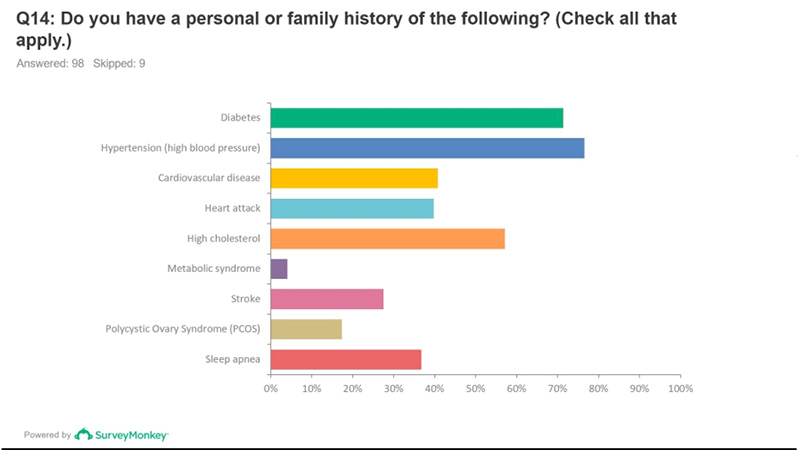Health Department: Obesity an issue in Lawrence County
Published 1:37 pm Saturday, June 8, 2024
By Terry L. Hapney, Jr.
The Ironton Tribune
Forty-seven percent of Lawrence County adults are obese, compared to 38 percent in Ohio and 34 percent nationally.
These statistics, from the “2024 County Health Rankings & Roadmaps” supported by the Robert Wood Johnson Foundation, are “a tremendous problem,” according to Dr. Jennifer Richards, health planner and accreditation coordinator with the Lawrence County Health Department (LCHD).
The 47 percent statistic does not include those who are in the overweight category, Richards said, and the rate for children is even higher.
“It is a burden of disease with obesity—leading to diabetes, hypertension and sleep apnea,” she said. “Lawrence County is high in a lot of indicators in not a good way.”
While this is one motivation for a new research study the LCHD launched, other motivating factors stem from personal ties Richards has to the local area, along with her professional expertise.
Richards grew up in Deering. She lived in Florida for more than three decades, never losing touch with the people from the area. Her family is still here. In addition, her passion for this issue comes from her doctoral studies, which focused on obesity and related co-morbidities.
“A few years ago Huntington was designated as the fattest city in the nation,” she said. “That’s Tri-State. That was always in the back of my mind.”
Family ties drew Richards back to her home county. Almost immediately after joining the LCHD, Richards secured a Pallottine Foundation of Huntington grant for an obesity prevention and awareness program.
Receiving the award from the Foundation allowed the LCHD to complete the foundational year consisting of data collection. The next step was gathering support from area partners.
“We have tremendous support from Ohio State University Extension—both at the county and state levels,” Richards said.
The initiative also has support from Diva Justice, director of community health for UK King’s Daughters.
“She was helpful in vetting the survey for the Health Department because she is in charge of doing the community health needs assessment for three counties in Kentucky and Lawrence County, Ohio,” Richards said.
It is best practice in public health, Richards said, that before a new program rolls out the community is surveyed.
“Each community has different needs, different barriers, different levels of disease,” she said. “In Lawrence County, the needs of adults will be very different from Duval County, Florida.”
One-hundred-and-seven respondents completed the survey, which Richards labeled as “really good.” The next step is to create a campaign and supporting program.
“That depends on funding,” she said. “If we get further funding we will roll out a campaign of awareness, increasing knowledge about all things having to do with obesity prevention and reducing weight if you’re already at that point.”
Such a program is based on Eating Smart-Being Active. It is used by OSU Extension. For example, it incorporates nutrition education, education about the importance of physical activity and budgeting for food.
“There’s a misconception,” Richards said. “People think it’s too expensive to eat healthy. It really isn’t. People don’t know what they don’t know.”
Richards said if the LCHD receives funding to move forward with this program, the organization would welcome anyone 18 and up who wants to improve their health. In terms of Lawrence County’s population, Richards said rural living is sometimes a barrier to physical activity and healthy food.
“People have a hard time with transportation sometimes, getting to grocery stores,” she said. “Now that we have this information, we know if people want to lose weight and get healthier.”
Ninety-eight percent of respondents said they wish to lose weight and get healthier. But do they exercise? The answer is not many.
“It’s very low,” Richards said. “We’re like, why not?”
Reasons include, “I’m embarrassed by how I look,” “I don’t have access to a facility” and “It’s expensive to join a gym.”
Richards said these data allow LCHD officials to create a program that serves the needs of the community, because one size doesn’t fit all.
“I never forget it’s real people behind those numbers,” she said.
Anytime health officials identify a serious issue, Richards said they should not stop there.
“Offer hope,” she said. “That’s why we’re here. We have knowledgeable people and it’s not just here at the Health Department. We have community partners. We’re all on board. That’s what public health is. Lawrence County truly embodies that.”






